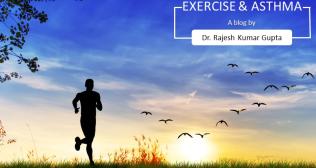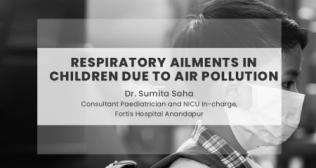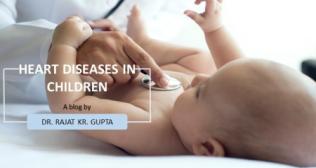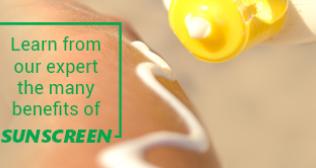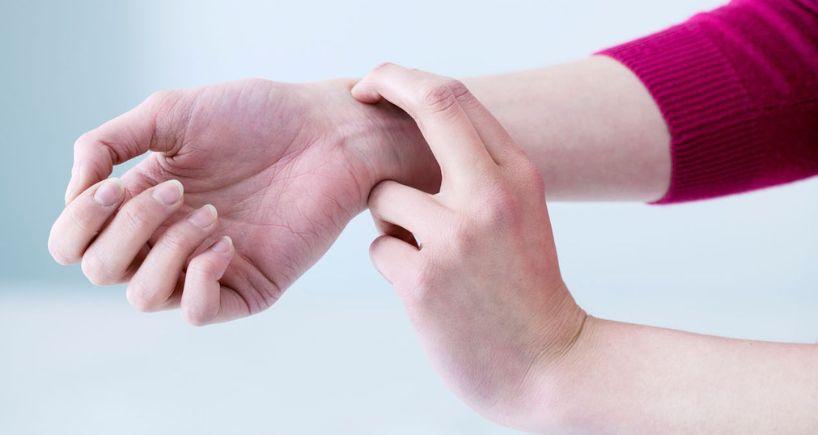
How to Take Your Pulse: A Simple Guide
Monitoring one’s pulse is one of the simplest, yet one of the most effective ways to monitor for your heart health. From being an athlete tracking on their fitness to a person managing a medical ailment or a normal individual who is just curious on knowing their heart rate, knowing how to record pulse can provide valuable insights. One’s pulse is a direct indicator of heart rate and it mirrors how well the heart works to circulate blood throughout the body. Monitoring pulse regularly is vital for better understanding on one’s cardiovascular health and early detection on potential cardiovascular risks.
A Closer Look on Your Pulse:
A pulse is the rhythmic contraction and relaxation of arteries as the heart pumps blood throughout the body. Each pulse corresponds to one heart-beat. Pulse is the direct measure of one’s heart rate and it can be felt directly from the areas where artery is close to the skin. Generally, pulse is felt by gently pressing one’s fingers against a bone, such as wrist, neck, or even on foot tops.
Importance of Monitoring Pulse:
Monitoring pulse can provide wide range of insights on cardiovascular health. A normal resting pulse reading per minute may range from 60-100 pulses. This infers to 60-100 heart beats per minute in a resting healthy individual. Athletes are reported to have lower heart rate, which can be as low as 40 beats per minute due to their increased cardiovascular efficacy. A peculiar reduction or increment of resting heart rate may be an indicator of potential health issues, such as heart disease, stress or overtraining in athletes.
Keeping track of pulse over time can help one notice patterns or changes in that may require medical attention. At an instance, significantly high pulse may indicate that heart is pumping too hard in order to meet body requirements or low pulse may reflect conduction abnormality in the heart.
How to record pulse?
Recording pulse is a simple task that does not require any specialized equipments. The process of recording pulse is –
- Choosing the pulse point: there are several pulse points of which, more common ones are –
- Radial – on the wrist, thumb side.
- Carotid – either side of the neck, just beneath the jawline.
- Brachial – inside of the elbow often used for recording infant’s pulse.
- Temporal – in front of the ear.
- Femoral – near the groin area.
- Preparation: on choosing the pulse point, make sure the person is calm and is seated in a relaxed position. Recording pulse immediately after physical activity can get false high pulse readings.
- Wrist (Radial Pulse) – Place the pads of index and middle fingers on the palm side of wrist, just below the base of thumb. Lightly press until pulse is felt.
- Neck (Carotid Pulse) – Index and middle fingers need to be placed on the side of wind pipe (2cm to right and left side of Adam’s Apple) and press lightly until pulse is felt. Care should be taken that one should not press both the sides of carotid arteries simultaneously.
NB: Do not use your thumb to record pulse as it can interfere with accurate reading
- Count the Beats: upon feeling the pulse, count the beats or 30 seconds, and the same must be multiplied by 2 to get values in beats per minute. For improved precision count the beats for 60 seconds and record the value as beats per minute.
- Record your pulse: always record the pulse with date and time. Monitor for regularities in pulse values and any significant variations should be bought to attention of healthcare provider.
Factors Affecting Pulse Reading:
Several factors affect pulse reading, few of which are –
- Age – Children have higher pulse reading in comparison to adults.
- Fitness – Athletes due to their increased aerobic activity have lower resting pulse rate due to more effective cardiovascular system.
- Emotions – Psychological conditions such as stress or anxiety can cause variations in pulse reading.
- Body Positions – Pulse slightly varies with respect to change in body positions. Often sitting pulse reading is considered as standard.
- Temperature – Pyrexia or high temperature can increase pulse rate.
- Medications – Certain medications who tend to show their action on cardiovascular system can affect pulse reading.
When to Seek for Help?
Certain symptoms can prompt for medical advice which are –
- Consistently high resting heart rate – consistently high resting heart rate above 100 beats per minute can signify increased workload on heart.
- Consistent Low Heart Rate – consistent low heart rate below 60 bpm can signify bradycardia, often accompanied by dizziness or fainting.
- Irregular Pulse – Erratic or irregular pulse could be sign of serious heart diseases like arrhythmias.
- Shortness of Breath – Abnormal pulse rate accompanied by shortness of breath should get immediate medical attention.
Conclusion:
Tracking pulse is a quick yet an important way to monitor for one’s cardiovascular health. Regular monitoring of pulse can give insights on one’s cardiovascular condition and can imply quick diagnosis. It is important to stay calm and relaxed while recording pulse as anxiety might erroneously increase pulse rate. Any significant abnormalities noticed while recording pulse should immediately seek for medical advice.
Popular Searches :
Hospitals: Cancer Hospital in Delhi | Best Heart Hospital in Delhi | Hospital in Amritsar | Hospital in Ludhiana | Hospitals in Mohali | Hospital in Faridabad | Hospitals in Gurgaon | Best Hospital in Jaipur | Hospitals in Greater Noida | Hospitals in Noida | Best Kidney Hospital in Kolkata | Best Hospital in Kolkata | Hospitals in Rajajinagar Bangalore | Hospitals in Richmond Road Bangalore | Hospitals in Nagarbhavi Bangalore | Hospital in Kalyan West | Hospitals in Mulund | Best Hospital in India | | Cardiology Hospital in India | Best Cancer Hospital in India | Best Cardiology Hospital in India | Best Oncology Hospital In India | Best Cancer Hospital in Delhi | Best Liver Transplant Hospital in India
Doctors: Dr. Rana Patir | Dr. Rajesh Benny | Dr. Rahul Bhargava | Dr. Jayant Arora | Dr. Anoop Misra | Dr. Manu Tiwari | Dr. Praveer Agarwal | Dr. Arup Ratan Dutta | Dr. Meenakshi Ahuja | Dr. Anoop Jhurani | Dr. Shivaji Basu | Dr. Subhash Jangid | Dr. Atul Mathur | Dr. Gurinder Bedi | Dr. Monika Wadhawan | Dr. Debasis Datta | Dr. Shrinivas Narayan | Dr. Praveen Gupta | Dr. Nitin Jha | Dr. Raghu Nagaraj | Dr. Ashok Seth | Dr. Sandeep Vaishya | Dr. Atul Mishra | Dr. Z S Meharwal | Dr. Ajay Bhalla | Dr. Atul Kumar Mittal | Dr. Arvind Kumar Khurana | Dr. Narayan Hulse | Dr. Samir Parikh | Dr. Amit Javed | Dr. Narayan Banerjee | Dr. Bimlesh Dhar Pandey | Dr. Arghya Chattopadhyay | Dr. G.R. Vijay Kumar | Dr Ashok Gupta | Dr. Gourdas Choudhuri | Dr. Sushrut Singh | Dr. N.C. Krishnamani | Dr. Atampreet Singh | Dr. Vivek Jawali | Dr. Sanjeev Gulati | Dr. Amite Pankaj Aggarwal | Dr. Ajay Kaul | Dr. Sunita Varma | Dr. Manoj Kumar Goel | Dr. R Muralidharan | Dr. Sushmita Roychowdhury | Dr. T.S. MAHANT | Dr. UDIPTA RAY | Dr. Aparna Jaswal | Dr. Ravul Jindal | Dr. Savyasachi Saxena | Dr. Ajay Kumar Kriplani | Dr. Nitesh Rohatgi | Dr. Anupam Jindal |
Specialties: Heart Lung Transplant | Orthopedic | Cardiology Interventional | Obstetrics & Gynaecology | Onco Radiation | Neurosurgery | Interventional Cardiology | Gastroenterologist in Jaipur | Neuro Physician | Gynecologist in Kolkata | Best Neurologist in India | Liver Transfer









